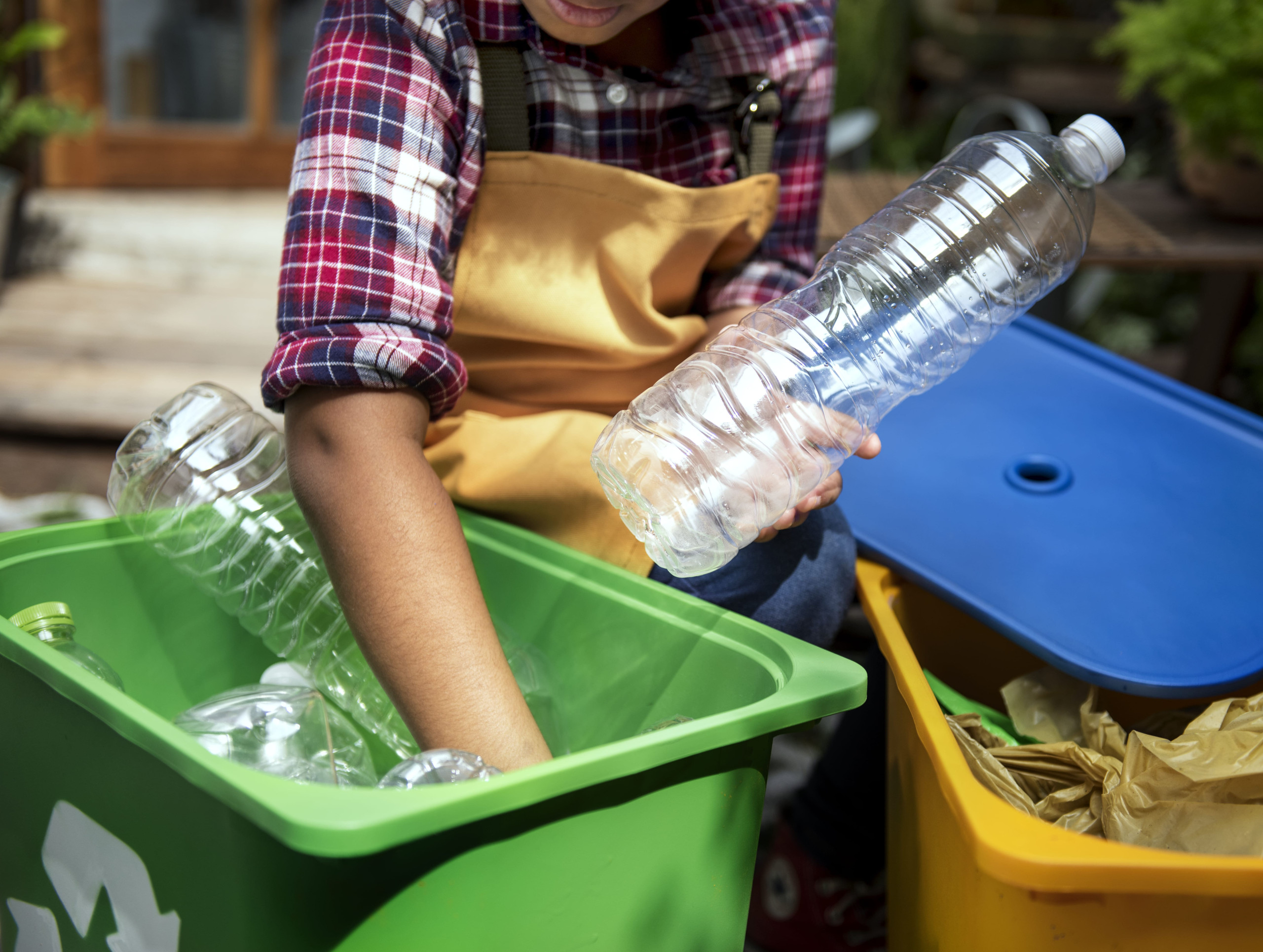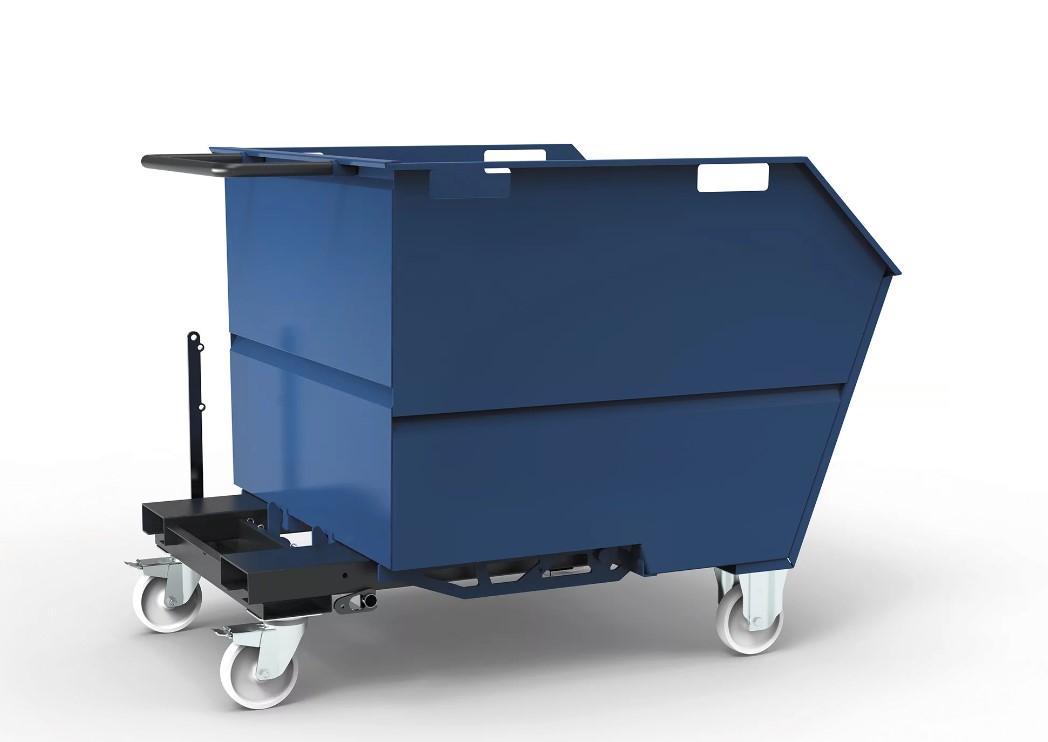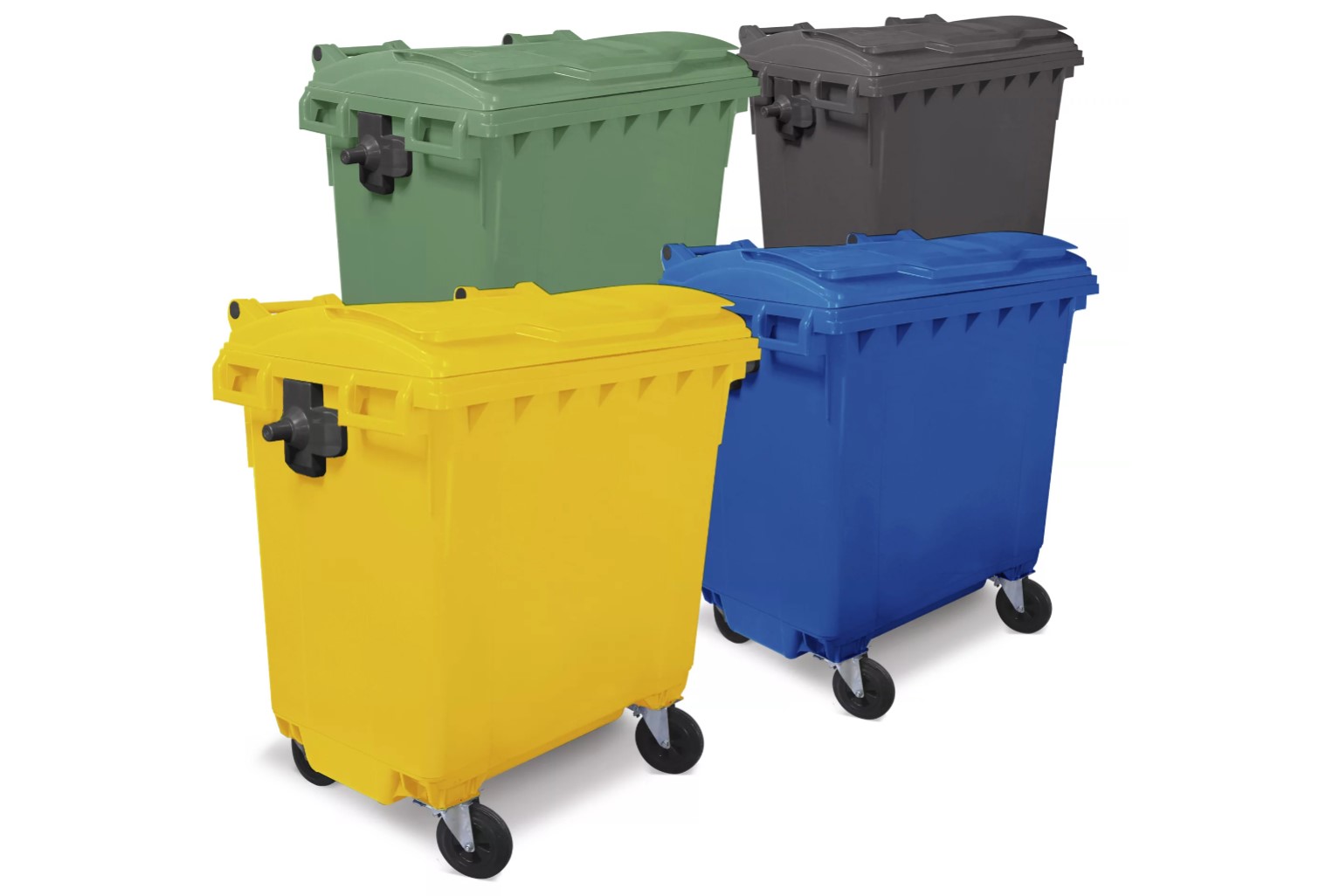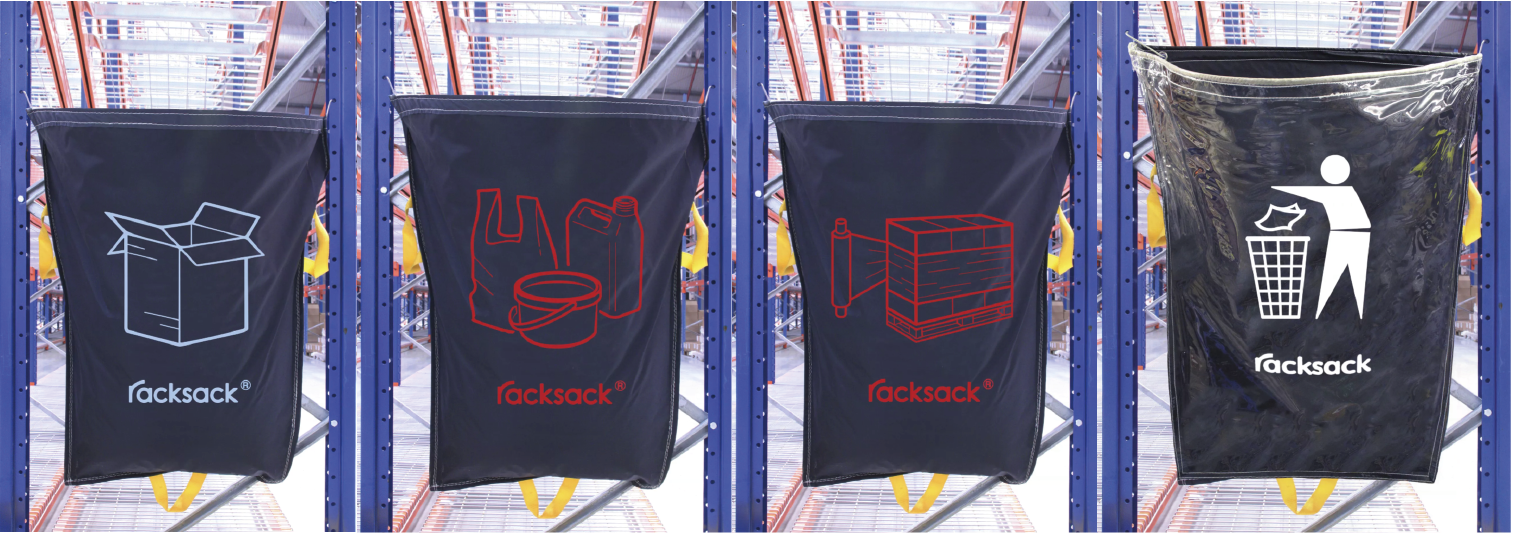What should the recycling bins look like?
Implementing an efficient waste separation system is essential for companies aiming at responsible waste management. The choice of waste bins is an important step towards a deeper environmental commitment. Whether it is a company ‘s own waste bins or communal waste bins, the adoption of specific, colourful solutions can significantly increase the efficiency of the recycling process. This process requires care in the selection of the bins, considering their size, materials and distinctive colours, as well as their strategic location. An aspect often overlooked but of paramount importance in the selection of recycling bins is their aesthetic impact. In urban and business environments, where image and visual harmony are essential, bins must not only be functional, but also pleasing to the eye.
This attention to detail not only ensures compliance with environmental regulations, but also contributes to enhancing the corporate and condominium image through a clear demonstration of ecological responsibility.
How to choose recycling bins
The choice may seem complex, but it essentially boils down to three crucial factors: the materials the bins are made of, their size and capacity, and the importance of colours and labelling for proper waste disposal.
Here are the main aspects to take into consideration:
- Materials: bins should be made of robust and durable materials that can withstand the weather and daily wear and tear.
- Size and capacity: it is important to select bins of the appropriate size, depending on the volume of waste generated and the frequency of collection.
- Colours and labelling: recycling bins should be distinguished by colour according to the type of material to be recycled. Clear labelling also helps to prevent disposal errors.
Where to place the bins
The correct placement of skips is crucial to ensure effective waste collection in the business environment. It is essential to consider various factors to ensure both convenience of use and compliance with safety and operational regulations.
- Accessibility: Dumpsters must be positioned in places that are easily accessible for employees and customers, but at the same time must not obstruct passage or work.
- Safety: it is important to ensure that their placement does not pose a safety risk to both employees and customers.
Integration with company policies
The implementation of a waste collection system fits in perfectly with corporate social responsibility policies.
- CSR in the company: the use of separate waste collection bins can be an integral part of the company’s CSR (Corporate Social Responsibility), demonstrating an active commitment to environmental sustainability.
- Training and awareness-raising: companies should educate their employees on the importance of separate waste collection and the correct use of bins, creating a corporate culture that values environmental responsibility.
Maintenance and Monitoring
Maintaining waste bins in optimal condition is crucial to ensure a healthy working environment and to maximise the efficiency of waste collection. This requires a constant commitment to cleaning and monitoring.
- Regular cleaning: Dumpsters must be cleaned regularly to avoid unpleasant odours that may attract insects or rodents.
- Monitoring: regular control of the use and capacity of the bins helps to optimise the collection service and prevent overloading.

Solutions for separate collection
RAJA Italia offers solutions that combine practicality and design, ensuring that the bins blend seamlessly into their surroundings. The focus on design helps to promote a proper recycling culture, encouraging greater employee and customer involvement.
By using the products offered by RAJA Italia, it is possible to create an effective recycling collection system suitable for different business needs.
Here are some practical examples of how these products can be integrated:
- Tipping bucket: ideal for industrial plants, it enables the efficient collection and disposal of large quantities of waste.

- Waste separationcontainers with compartments Perfect for offices or hotels, these containers make it easier for employees and guests to separate waste.
- Pedal bin with wheels: convenient and hygienic, this solution is ideal for restaurant kitchens or company canteens
- Waste paper bin with coloured lid: excellent for waiting areas or corridors in offices, facilitating the collection of paper and cardboard
- Dustbinwith sand: ideal for outdoor smoking areas in hotels or companies, combining functionality and cleanliness
- Coloured rubbish bins: perfect for large company or industrial complexes, offering a capacious solution for waste collection

- Warehouse waste sack: flexible solution for waste management in warehouses

- Waste binwith swing lid: practical for offices and classrooms
- Steel waste bin ashtray: elegant and functional for reception areas
- Pedal bin with odour-absorbing lid: ideal for areas with high traffic, such as kitchens, to maintain a fresh and hygienic environment
Separate waste collection in Italy
Separate waste collection in Italy has made great strides in recent years, becoming an example of how efficient waste management can contribute to environmental sustainability.
Italy follows strict regulations in terms of waste management and recycling. National legislation, in line with European directives, requires effective separate collection and encourages the reduction of waste production.
Among the main regulations are:
- Legislative Decree 152/2006: known as the‘Environmental Code‘, this decree establishes directives for waste management, including rules for separate collection. It imposes, among other things, the separation of waste at source and its separate collection.
- European Directives: Italy, as a member of the European Union, adheres to European directives on waste, such as Directive 2008/98/EC, which establishes the principles of the ‘waste hierarchy’ promoting prevention, reuse, recycling, recovery and, as a last option, disposal.

In recent years, Italy has seen a significant increase in recycling rates. This progress is partly due to increased public awareness but also to the effectiveness of local policies.
Educational and awareness-raising campaigns play a key role in promoting separate collection. These initiatives help inform citizens about the importance of recycling and how to do it correctly. In addition to environmental benefits, separate collection and recycling offer economic advantages. The creation of new jobs in the recycling sector and the reduction of costs associated with waste disposal are some of the positive economic impacts.
Although there has been considerable progress, there are still several challenges to be addressed. These include the need to improve separate collection in underserved areas and to reduce the total amount of waste generated. However, these challenges also represent opportunities for future innovations and developments in the waste management sector.














